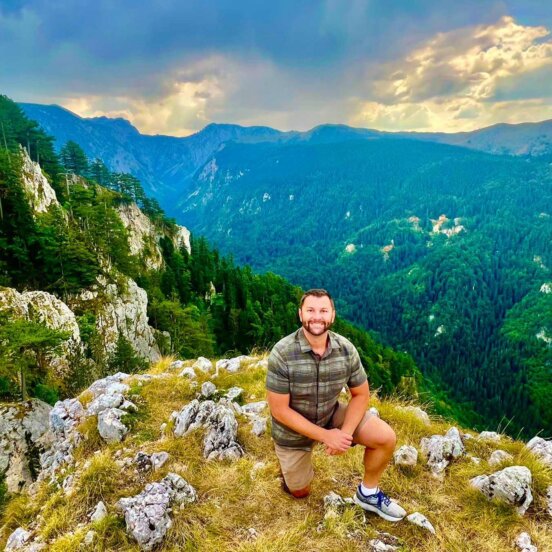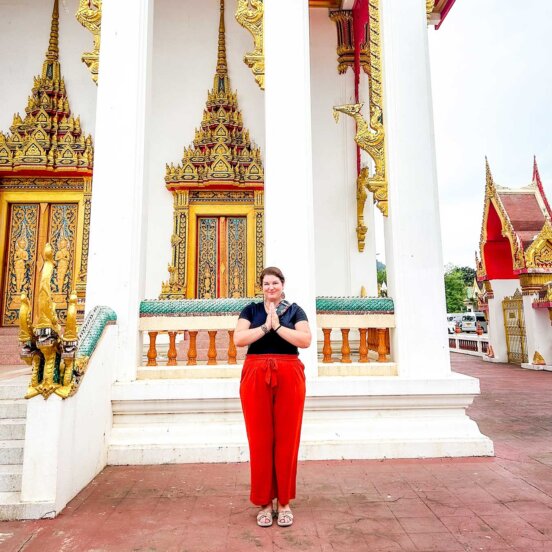Big joy: how to light up your life with “micro-acts” of kindness and connection
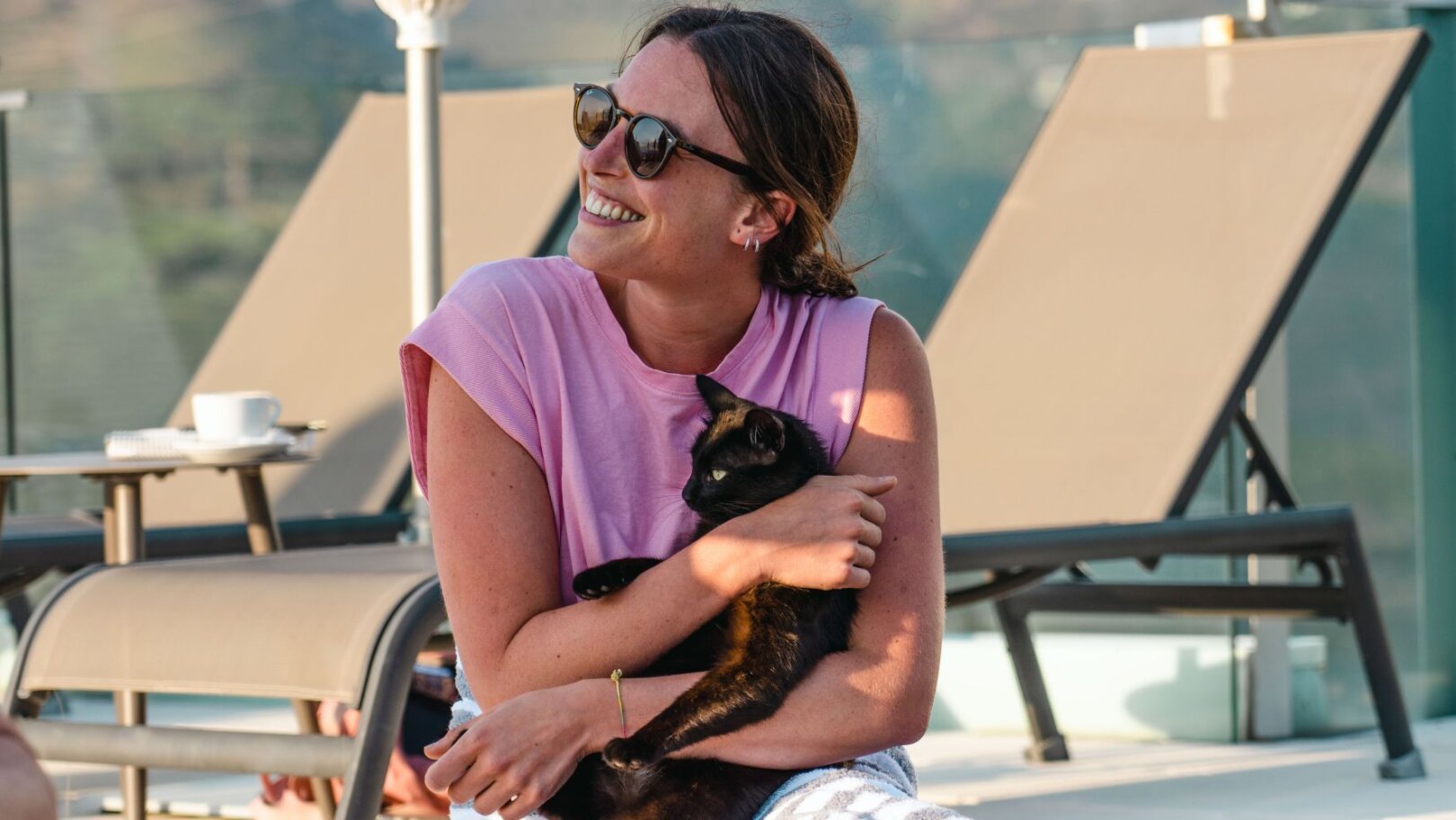
“It’s dark because you are trying too hard.
Lightly child, lightly. Learn to do everything lightly.
Yes, feel lightly even though you’re feeling deeply.”
Wise words from philosopher Aldous Huxley, but lightness is hardly something we can choose at will – a quality to swipe right on. It may, however, be conjured up in a more roundabout way, in the form of “micro-acts” of joy.
According to a new citizen-science experiment from the University of California, Berkeley, daily moments of awe, gratitude and kindness can have a profound impact on mood. The Big JOY project invites participants from all over the world to try increasing daily happiness; both in themselves and the community more widely.
Volunteers are asked to monitor their emotional wellbeing and social tendencies over a week-long period, while engaging in various activities. These include moments such as doing something kind, celebrating one another’s joy, making a gratitude list or dwelling in awe.
Participants around the world are invited to try increasing their daily happiness
So far, 22,000 people from over 22 countries have taken part in the initiative, with striking results. On average, participants have seen a 26% uplift in emotional wellbeing after just one week following the experiment, dubbed “Big JOY”.
In addition, people who tried out the micro-acts reported a 23% increase in positive emotions such as hope, optimism, wonder, amazement, amusement and silliness. And nearly a third (27%) agree with the statement, “I have felt able to impact, influence, or play an active role in how happy I generally feel.”
Clearly, small steps are the root to bigger change. Just through committing to regular micro-acts involving joy, reflection or friendship, it’s possible to shift gears a little on how we feel; and how we view the world. Below are a few examples of how emotions such as awe or gratitude can come into play in daily life, to help this transition take effect.
Channelling awe
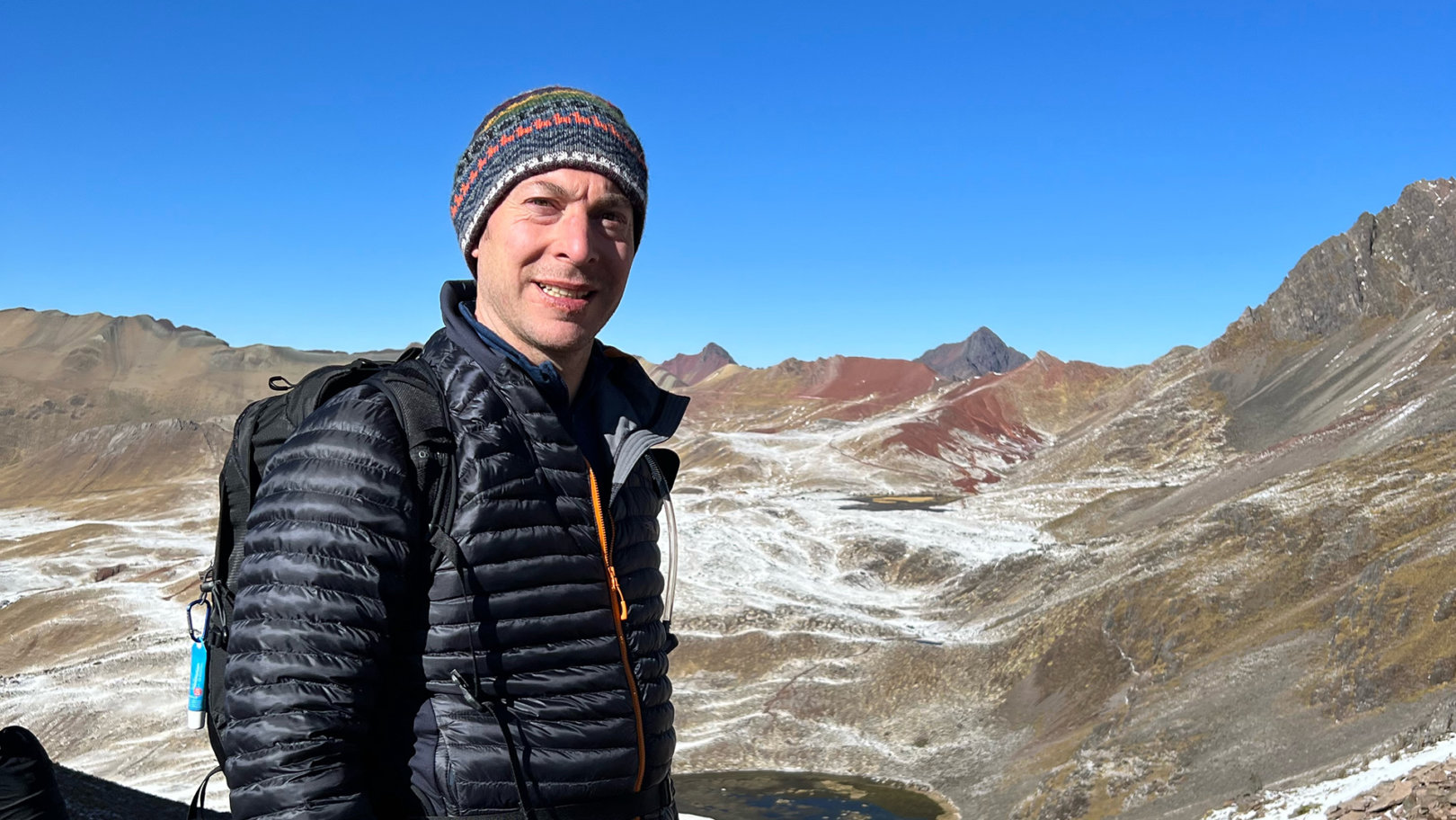
Taking time to get off your phone and into the present is one of the reasons why awe – as an emotion – is so powerful. You cannot reflect on an incredible sight or experience without being fully in the moment. It has a tendency to push all other thoughts or ruminations to the side.
We often think of awe in larger-than-life terms; and indeed, it can be found in spectacular settings such as the peak of Rainbow Mountain in Peru. “When we finally reached the summit, the views were amazing,” recalls Flashpacker and finance manager Jack Corkett, who made the 5,200-metre hike. “You can only really see the rainbow part of the mountain – the famous mineral sediments in turquoise, maroon and gold bands – when you’re at the very top. That’s the worthwhile bit.”
Awe is the feeling of being in the presence of something vast or beyond human scale
“What I didn’t realise until I was actually there was quite how vast the surrounding mountain scenery is. Circling round at the summit, you can see right across the peaks of the Andes, with all different types of terrain on the horizon,” he adds. “Naturally, a camera can’t quite capture the magnitude of it all.”
Awe is a sensation that can be channelled in smaller moments, too. “Awe is the feeling of being in the presence of something vast or beyond human scale, that transcends our current understanding of things,” explains psychologist Dacher Keltner, from the Social Interaction Lab at University of California, Berkeley. “People often talk about awe as seeing the Grand Canyon or meeting Nelson Mandela. But our studies show it also can be much more accessible – a friend is so generous you’re astounded, or you see a cool pattern of shadows and leaves.”
Finding gratitude and connection
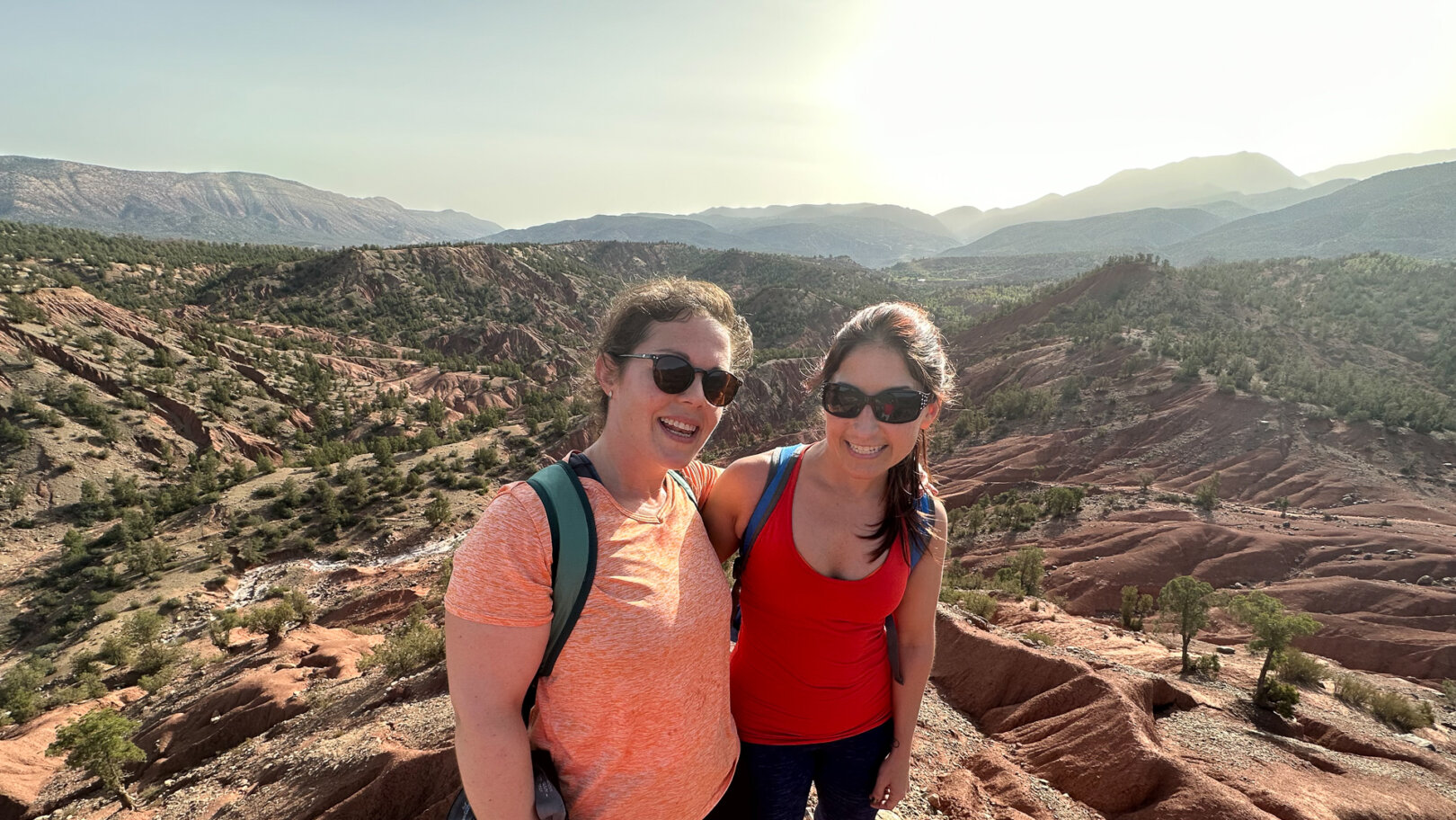
Often, positive emotions such as awe, gratitude or joy become magnified when we share them with other people. Psychologist Barbara Fredrickson from the University of North Carolina refers to this effect as a type of “daily nutrient” that comes from “micro-moments” of shared positivity. While any positivity is good, “shared positivity – having two people caught up in the same emotion – may have even a greater impact on health than something positive experienced by oneself,” Dr. Fredrickson notes.
Moments of shared positivity are a type of daily nutrient
It’s an insight that holds true for speech therapist Jennifer Abramson, during her experiences on a recent group trip to Morocco. “I think there’s something about the friendships you make when you travel that is particularly unique,” she says. “Maybe it’s about meeting people who have a similar zest for life in a location that’s new and exciting. I found myself trying things I’d never do back home, like going topless in an all-female hammam (which is just the way it’s done in Morocco) or learning to surf for the first time with everyone cheering me on.
“Our group was wonderful, too,” she adds. “Everyone got along. We had an absolute blast together. Myself and three other women were up til 2am every night, laughing and having fun. We connected so well… I was left in awe and gratitude of all the experiences I had.”
Kindness and strangers
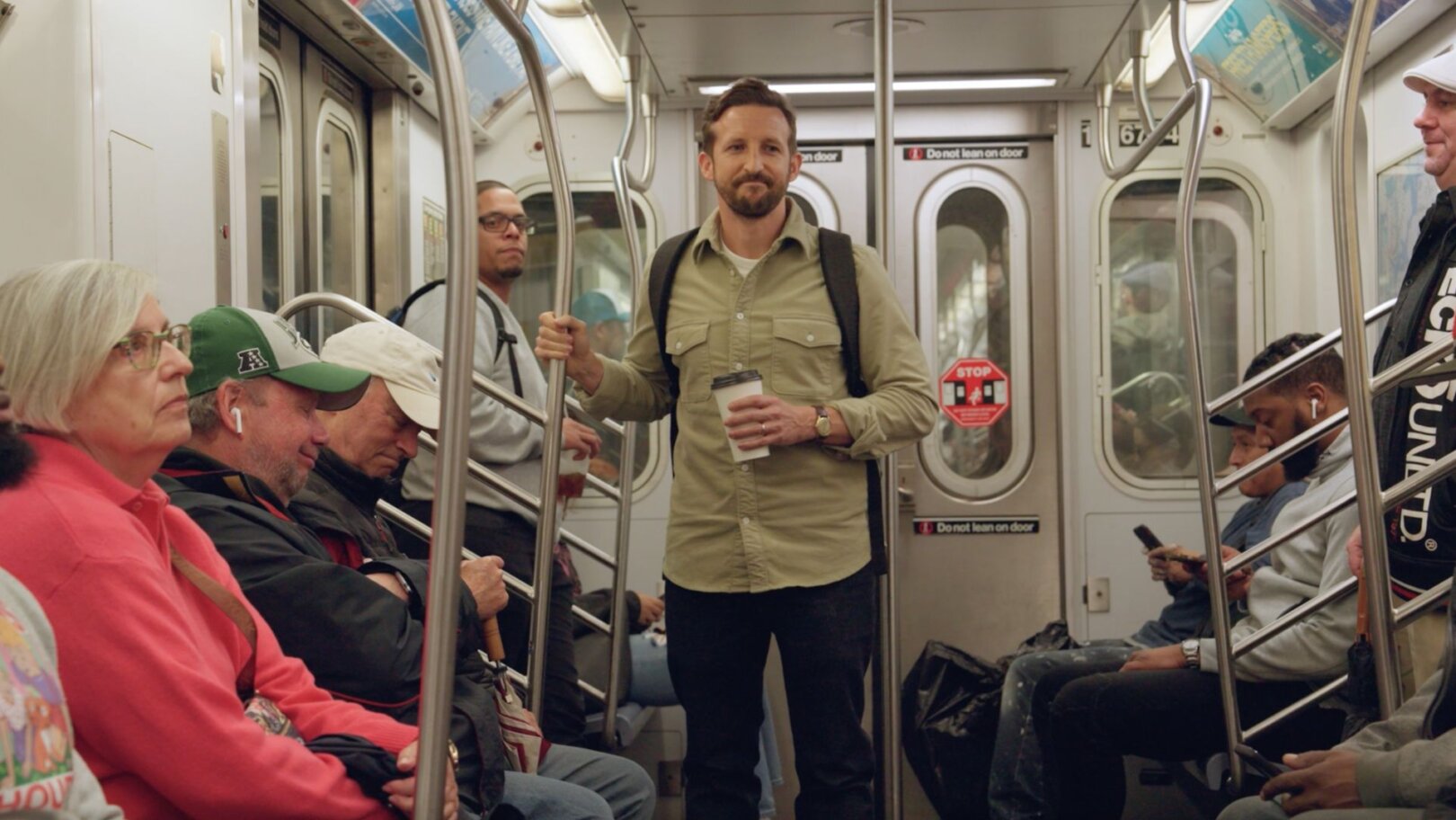
A sense of shared connection is not just about friendship, either. As multiple studies have shown, speaking to strangers can provide an unexpected source of happiness and wellbeing. This is true even of little, everyday or unexpected interactions such as a conversation on your commute.
These encounters bring about a small, yet important, feeling of community and belonging. While most of us fear rejection, many instead find a platform for trading minor kindnesses – which only enhances the meaning of such moments.
Flash Pack co-founder Lee Thompson discovered this for himself recently, when conducting a unique social experiment on the streets of New York City. Approaching New Yorkers in a place currently experiencing a “loneliness epidemic”, Lee asked strangers to be his friend. “At times, it was excruciating,” he recalls. “But looking back, I can barely remember the negative encounters. What sticks with me are the moments where I made real, genuine connections.”
Speaking to strangers provides an unexpected source of wellbeing
“There are legions of inspiring and funny people out there just waiting to connect,” he goes on. “But to do so takes serious effort. We all have to lean in and learn to get vulnerable. And doing so is the best way to break down walls.”
So, the next time you crave a lighter tread in life, try out your own version of micro-joy. Whether that’s sharing kindness with strangers, being silly with a friend, or finding your own small moment of awe in nature, it could be just the lift you need.
Flash Pack is a group travel company that specialises in small group adventures for solo travellers in their 30s and 40s. Find out more about how we work, and our mission to build a global community of friendships.





